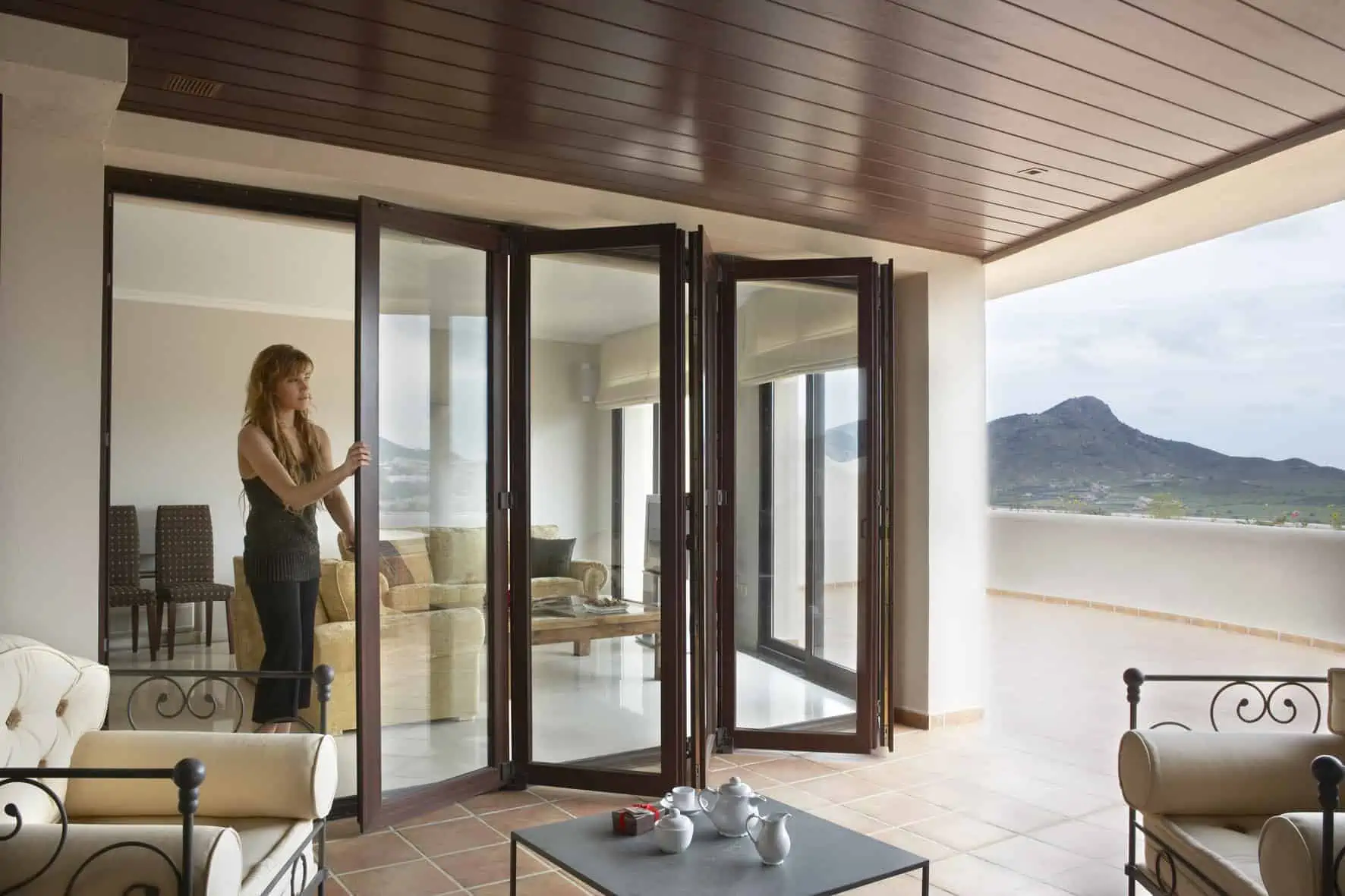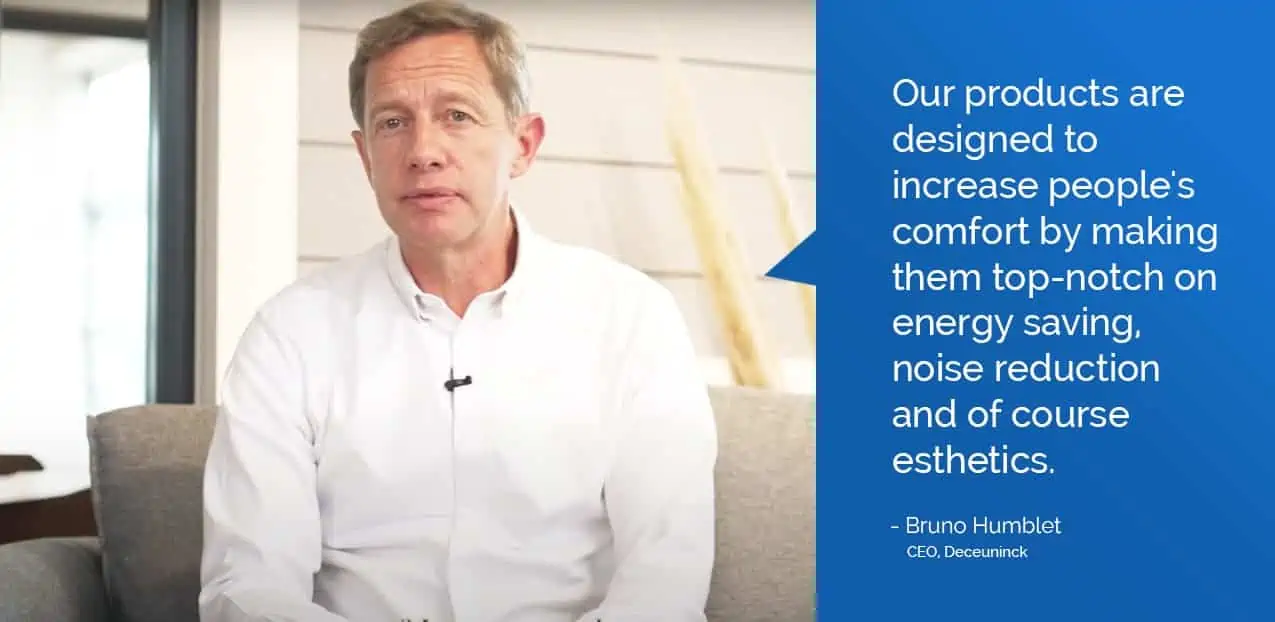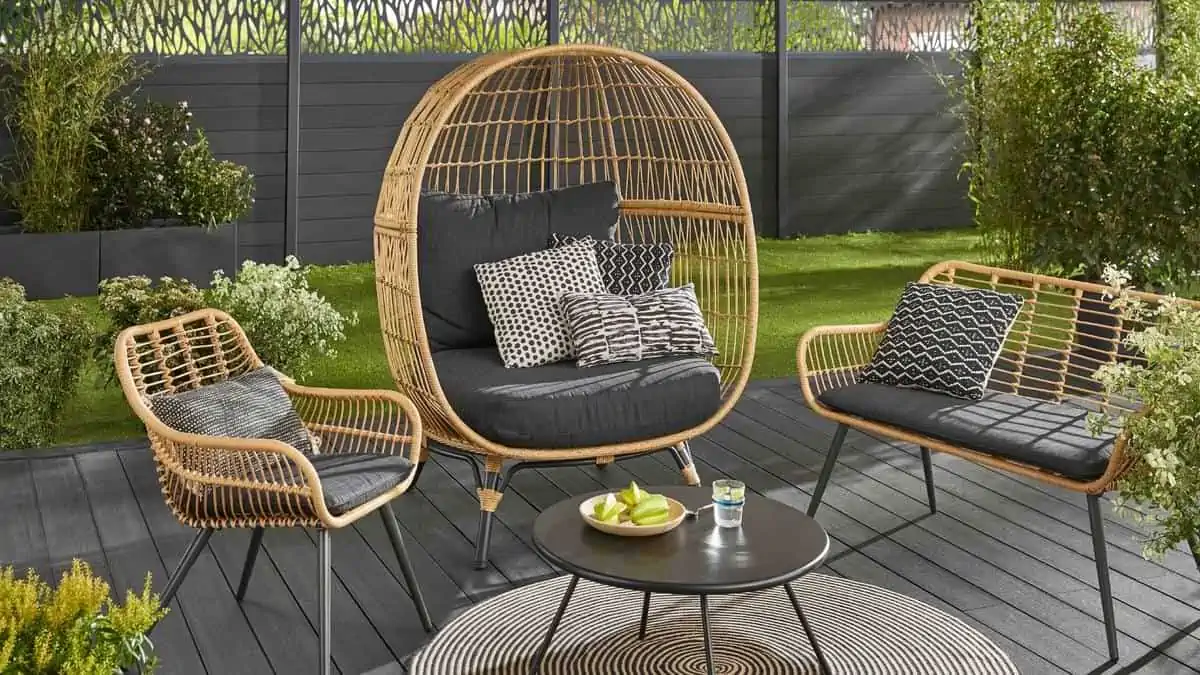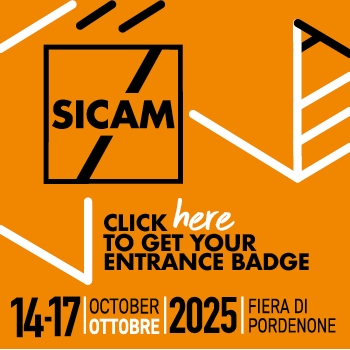Sustainability is more than a trending word. Although the term has turned into a buzzword just recently, the concept has been in existence for a long time. It is the integration of environmental health, social development, and effective economic practices that aim to create a thriving, healthy, and evolving world. In other words, sustainability is about our children and grandchildren, and the world we leave for them to live in. The exploitation of natural resources and the environment due to human activities such as the construction of homes & commercial buildings, use of non-renewable energies, etc. has impacted the surroundings terribly. Thus, we now live under the constant threat of total exhaustion of fossils, climate change, and global warming, among other issues. However, to fix the damage done to the surroundings, it’s pertinent to take necessary measures toward a sustainable future and sustainable living by making energy-efficient buildings. Over the last few years, Deceuninck has become synonymous with sustainability as it provides earnest and full-proof green solutions to the UPVC doors and windows industry.
This article throws light on the need for sustainability and the impact of green doors and windows on the same. Also, it explains how Deceuninck contributes to creating a sustainable doors and windows industry.
Need for sustainability

Image Source: Build
Sustainability is the need of the hour. If we do not start making sustainable choices now, maintaining the earth’s ecosystem would become impossible. The exploitation of the ecosystem is done at every level. It’s not just the factories and industries that are contributing to unsustainable practices but also homes and other residential buildings. The use of non-renewable materials and heavy-construction machinery, energy exhaustion in the form of gas and electricity, etc. are some of the ways homes cause damage to the earth.
If we continue participating in such harmful activities without changing, we will create an unsustainable world sooner than expected.
Thus, we need energy-efficient buildings and sustainable living practices to fix the following major issues:
High global CO2 emission in homes
A major percentage of the global CO2 emission is caused by homes and residential buildings all across the world. The construction of a house followed by heavy consumption of electricity, production of waste, use of non-renewable materials such as wood, etc. cause a huge impact on CO2 emission.
Greenhouse gases like CO2 trap the heat and cause a rise in the temperature of the earth leading to global warming and climate change. Therefore, we need to cut down the carbon footprint to save the planet by constructing energy-efficient buildings and embracing sustainable living practices.
High cost of living
The current cost of living is too high. Factors such as the rising price of energy (electricity, gas, fuel, etc.), lack of proper insulation and temperature regulation resulting in the overuse of HVAC systems, etc. cause inflation. Thus, it is necessary to follow energy-efficient practices that not only contribute to sustainability but also reduce the cost of living. The simplest way to cut this cost is by installing eco-friendly green UPVC doors and windows and making the buildings energy-efficient. UPVC also offers complete insulation. Therefore, your house traps the heat in winters and keeps the room cold in summers. This helps in reducing electricity consumption and reduces CO2 emissions. As a result, you can enjoy the comforts of sustainable living in energy-efficient buildings.
Impact of doors & windows industry on sustainability

Image Source: Deceuninck
Considering the crisis mentioned above, home energy efficiency has gained critical importance in sustainable living & construction. Today’s consumer has changed and shifted towards the cause of sustainability. They understand the significance and impact of energy-efficient buildings. Thus, the concept resonates with the consumers.
This is exactly when the doors and windows industry comes into the scenario. If we look forward to sustainability, the best way is to make homes sustainable, energy efficient, and low maintenance. Installing doors and windows that come with effective insulation reduces energy consumption. Moreover, using materials such as UPVC that are recyclable caters to the sustainability needs of doors and windows more effectively.
UPVC doors & windows
The full form of UPVC is unplasticized polyvinyl chloride. Plastic infamously holds the reputation of harming the environment. So, most people believe that UPVC also causes damage and remains a hazardous material.
However, it is important that people understand the difference between single-use plastics and the use of plastics in the construction, architecture, and building industry. The latter offers product longevity, energy efficiency, low maintenance, and high-value application. Thus, UPVC windows and doors are 100% sustainable.
Let’s go through the sustainable features of UPVC and break more myths about the material:
UPVC can be renewed & recycled
UPVC is a green material. So, it can be recycled and reshaped into new products. At the end of a UPVC product’s life, it can be converted into other products. In fact, even the waste produced can be reprocessed and made into a useful product. Thus, UPVC doors and windows come with 100% sustainability and green living.
UPVC is energy-efficient
Today, doors and windows remain indispensable energy-efficient components. UPVC offers low thermal conductivity which cancels the transfer of heat. As a result, grUPVC doors and windows help reduce your electricity bills by almost 15-20%. Moreover, the reduced e of air conditioners and heaters also reduces CO2 emissions making the environment healthier.
UPVC reduces health hazards
The sealing qualities of UPVC keep the environmental pollutants such as dust, dirt, smoke, smog, etc, out of the house, improving the quality of the air inside and reducing health hazards.
UPVC is low maintenance
Maintenance is often overlooked when we talk about eco-friendliness. Repairs, repainting, sanding, etc. produce a lot of waste and need harmful chemicals. However, with UPVC, you can easily get rid of all these processes as it doesn’t require any maintenance. The UPVC doors and window profiles have a standard life of more than 40 years. Therefore, not only does UPVC make a low-maintenance and durable material but also contributes to a better environment.
Deceuninck’s contribution toward sustainability

Image Source: Deceuninck
Deceuninck is committed to making smart and sustainable choices. The ultimate aim of the brand is to reduce CO2 emissions to net zero by 2050. Therefore, the brand has already started making conscious efforts in that direction.
After estimating the total carbon footprint over the years, Deceuninck has planned several initiatives to reduce the CO2 emission drastically in the coming years. Here are some of the measures that Deceuninck has taken to make the planet more sustainable, healthier, and safer:
Use of UPVC

Image Source: Deceuninck
Deceuninck is one of the biggest and leading UPVC doors & windows profile manufacturers. Since the Deceuninck UPVC doors & windows are 100% recyclable, green, and sustainable, they help reduce a lot of damage to the environment. The brand also makes homes more sustainable and economical by reducing energy bills and health hazards. Thus, the use of Deceuninck UPVC doors and windows is a conscious choice by both the brand and the homeowners.
Joining hands with Vinylplus

Image Source: Deceuninck
Deceuninck participates actively with Vinylplus, one of the world’s most advanced recycling and compounding facilities. The facility reprocesses up to 45,000 tonnes of UPVC every year which is equal to saving 3 million windows from going to landfill annually. Thus, it allows a reduction of CO2 emissions to up to 90,000 tonnes. Also, it helps save up to 90% of energy.
Net zero CO2 emission plan with SBT
SBTi or Sciences Based Targets initiative has given Deceuninck a roadmap to net-zero CO2 emission targets. The initiative comes with both long-term and short-term ambitions. Moreover, the approach to achieving these ambitions is multi-functional. From the manufacturing and processing level to the corporate level, changes have to be made everywhere. Deceuninck focuses on innovation and investment and incorporates carbon impact in all of its management and operational decisions.
Conclusion
Sustainability is the future. In order to achieve climate neutrality, it remains of utmost urgency that we start making sustainable choices at every level whether it is organizational or personal, large-scale or small-scale, long-term or short-term.
The home we build today must meet the demands of tomorrow. Our homes need a monumental change. Sustainable homes require less energy to heat and cool. Thus, they make the occupants more resilient to extreme weather. Moreover, these homes also make living more economical.
Gone are the days when consumers were unclear about their choices. Today’s consumer always makes smart and sustainable choices, one of which is installing Deceuninck UPVC doors and windows in their green & energy-efficient homes. UPVC successfully delivers affordability, longevity, and sustainability. Therefore, it doesn’t come as a surprise that UPVC remains a top choice for all designers, architects, and homeowners.
Deceuninck takes a step forward in its vision of creating a sustainable ecosystem with energy-efficient buildings & living. The brand does so by incorporating the concept of sustainability at every level. So, we can unarguably say that Deceuninck meets the conscious demands of the future and offers sustainable living solutions to every home.


























